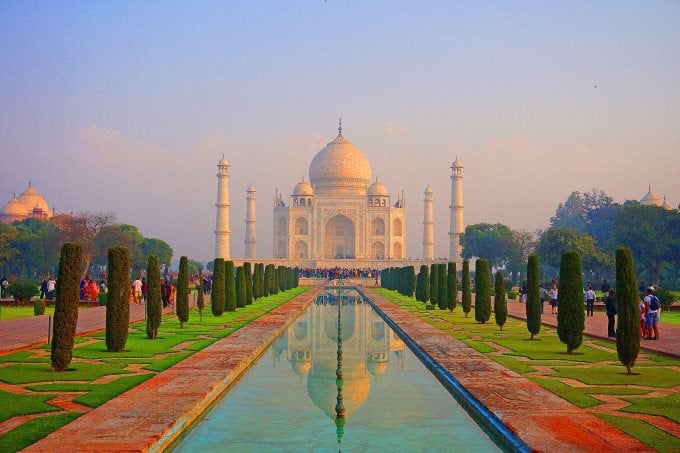
To go to Taj Mahal in Agra city, Uttar Pradesh state, tourists usually choose day tours from the capital Delhi to save time. But because we wanted to see Taj Mahal in the dawn, we decided to take the train to Agra city the night before.
Trains from Delhi to Agra are readily available, so there is no need to book online in advance. Tickets are also very reasonable, at 170 rupees (about 68,000 VND) for the three-hour journey. Contrary to initial concerns, the train was neat and clean, with no jostling crowds as seen in the images circulating online.
At 6am, I joined the queue of people lining up to enter the Taj Mahal, waiting for the dawn. Before entering the temple, visitors must go through a strict security check. Bags and backpacks are checked, food, drinks, cigarettes, headphones, phone chargers, drones and tripods must be left at the ticket gate. In addition, visitors are also required to cover their shoes with bags provided when visiting the main mausoleum.
The great gates opened as dawn broke. The first rays of sunlight mingled with the lingering mist. Then the Taj Mahal transformed gently, starting with the golden glow of the dome. As the sun rose, the entire temple was bathed in a pure white.
Perhaps because it was built mainly of white marble, the color of the Taj Mahal also corresponds to each moment of the day: pink at dawn, pure white when the sun is high in the sky and dyed with a brilliant yellow at sunset.
The Taj Mahal is a masterpiece that brings together the quintessence of Indian architectural art, making anyone admire and not hesitate to praise. But more than that, the Taj Mahal is also associated with a tragic love story and represents the eternal values of love that Emperor Shah Jahan and Mumtaz Mahal left behind.
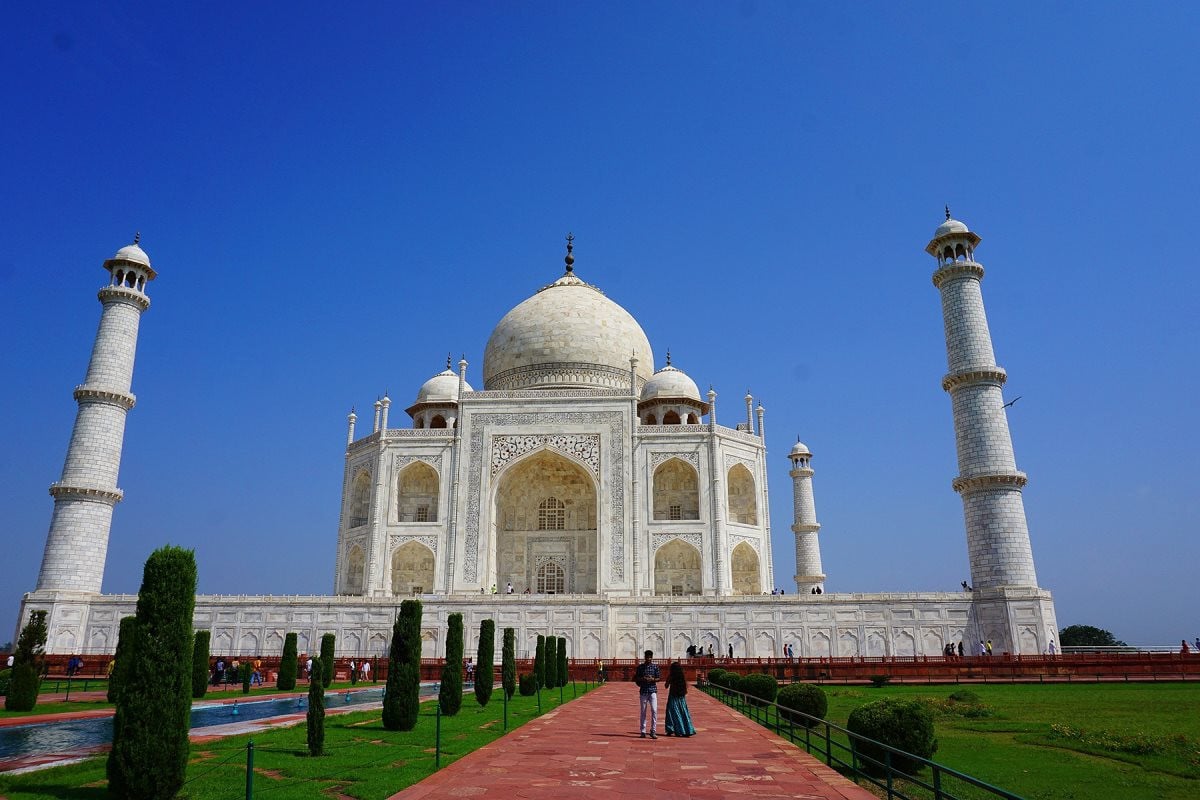
In 1631, Queen Mumtaz Mahan passed away. To pay tribute to his wife, Shah Jahan ordered the construction of a mausoleum worthy of their love. The design was assigned to Ustad Tsa, the most talented architect in the northern hemisphere at that time. In addition, 32 million rupees (equivalent to 877 million USD today), more than 20,000 workers and 1,000 elephants were mobilized to complete the Taj Mahal in 20 years.
But after the Taj Mahal was completed, Shah Jahan lost interest in the country. He was deposed by his son and imprisoned in the Agra Fort across the river. There, the emperor still looked at the white marble temple every day. In 1666, Shah Jahan died and was brought back to the Taj Mahal, reunited with his wife.
The Mughals considered symmetry to be a symbol of imperial harmony, so every detail of the Taj Mahal is perfectly symmetrical. Before my eyes, the magnificent Taj Mahal reflects in the water basin along the north-south axis, surrounded by two rows of green trees in neat rows. At the corners of the mausoleum are four large minarets, two red sandstone structures (the mosque and the guest house) are located at a symmetrical distance from the mausoleum. The four sides of the mausoleum are also identical with the archway and the Quran carved in stone. If you stand below and look up, the letters around the archway appear to be the same size. But in fact, the letters below are written smaller than the ones above to create a visual effect of balance for the viewer's eyes.
The main part of the building is an octagonal mausoleum 75 m high with a large dome made of marble and sandstone, decorated with a lotus flower to emphasize the height. The highest point is a gilded capstone, a blend of Persian style and Hindu elements. In the middle of the main chamber, the bodies of Shah Jahan and Mumtaz Mahal are placed, elaborately decorated. The light and dark spaces and solid and hollow blocks are used harmoniously, making the mausoleum not cramped and heavy.
The Taj Mahal has taken me on a journey of emotions from amazement, to shock, to awe and then to calm. The temple is not only an architectural masterpiece but also a symbol of eternal love. Nearly four hundred years have passed, every day millions of people still travel long distances to this place to contemplate their own love.
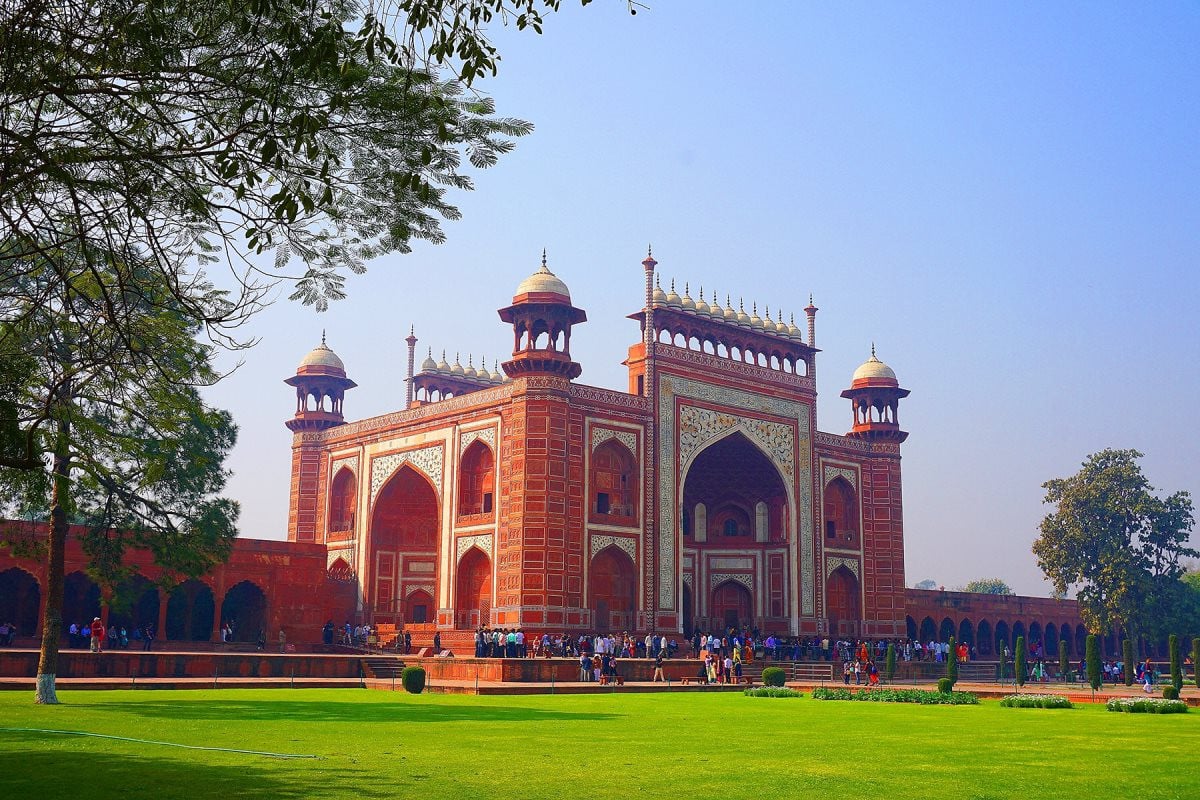
The day I visited the Taj Mahal, I met both couples and single people. And I believe that as long as people still want to love, the Taj Mahal and the love story between Shah Jahan and Mumtaz Mahal will remain forever.
Some things tourists should note when visiting the Taj Mahal
To get to the Taj Mahal, visitors often choose the three-hour train ride from the capital Delhi.
The best time to visit the Taj Mahal is at sunrise and sunset. The temple opens 30 minutes before sunrise, closes 30 minutes before sunset and is closed every Friday.
Visitors can purchase entrance tickets at all three gates of the temple (West, East and South gates).
The entrance fee to the Taj Mahal for foreigners is 1,100 rupees (about 440,000 VND). Children under 15 years old are free. Each ticket allows visitors to visit for three hours, and is provided with free drinking water, shoe covers and a map. There is a time-stamping scanner at the entrance, and visitors who stay longer will be charged an additional fee.
Visitors are not allowed to take photos in the main mausoleum.
TB (according to VNA)Source






![[Photo] Prime Minister Pham Minh Chinh chairs the 16th meeting of the National Steering Committee on combating illegal fishing.](https://vphoto.vietnam.vn/thumb/1200x675/vietnam/resource/IMAGE/2025/10/07/1759848378556_dsc-9253-jpg.webp)

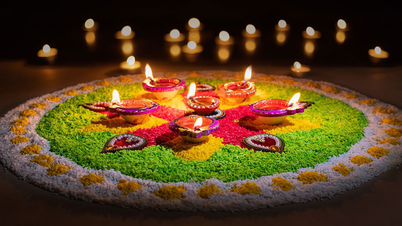
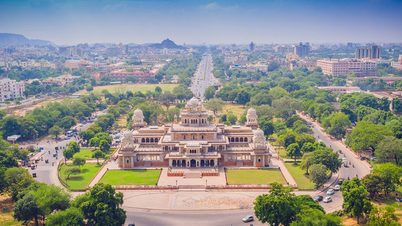





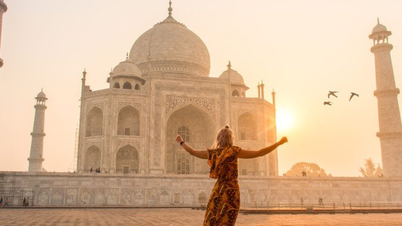
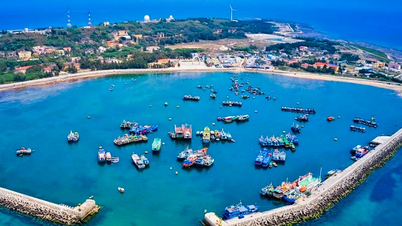




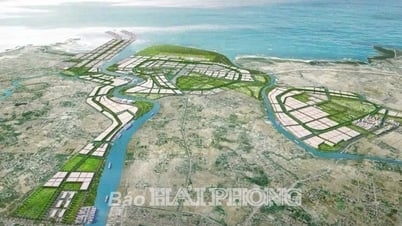












![[Photo] Super harvest moon shines brightly on Mid-Autumn Festival night around the world](https://vphoto.vietnam.vn/thumb/1200x675/vietnam/resource/IMAGE/2025/10/07/1759816565798_1759814567021-jpg.webp)





















































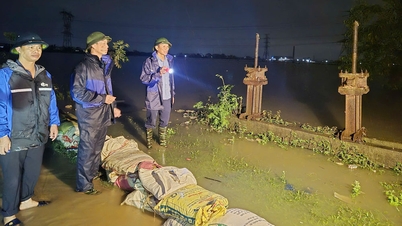











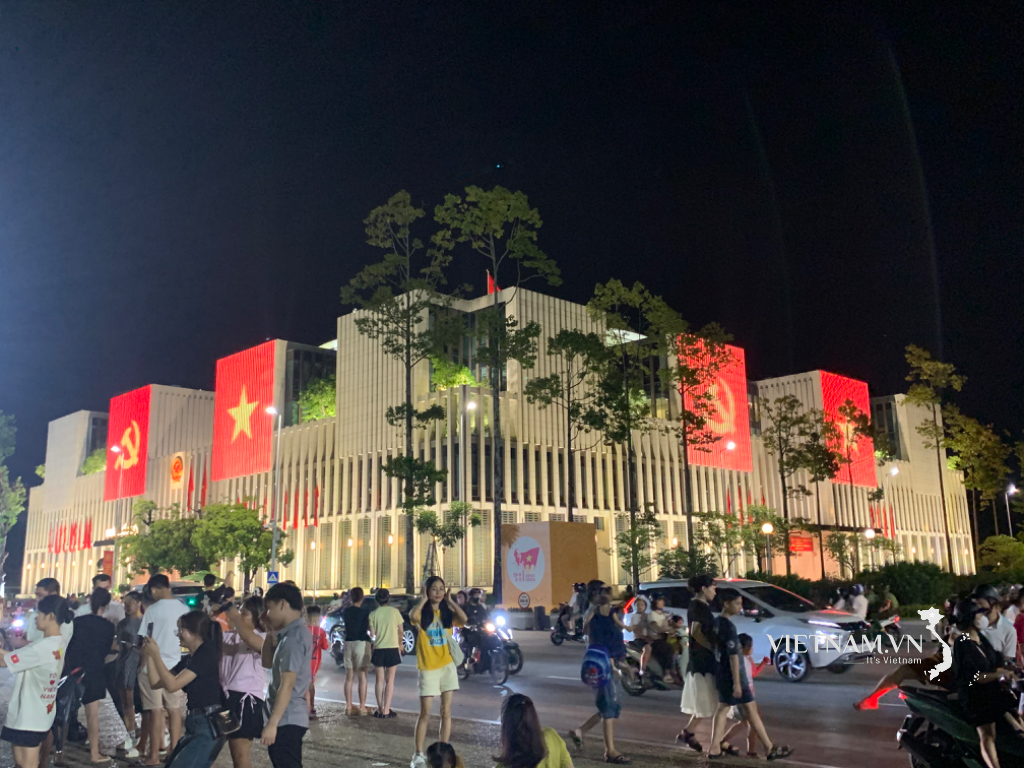



Comment (0)